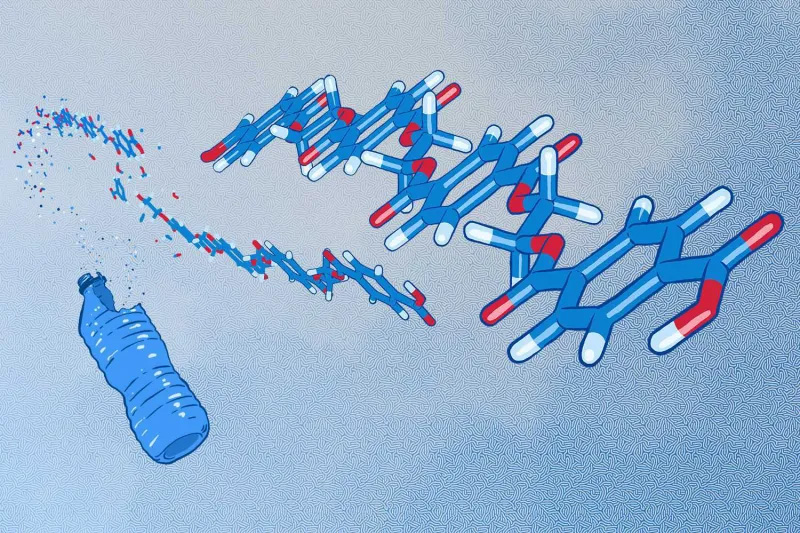UT Leads World in Polymer Science
From your clothing to the fiber-optic cables bringing you high-speed internet, polymers are everywhere, with applications in nearly all fields of science and industry. Polymer science plays a crucial role in providing solutions to global needs including food, clean and abundant water, air, energy, and health.
Researchers at the University of Tennessee, Knoxville, in fields including chemistry, physics, chemical engineering, biosystems engineering, and forestry are investigating polymers through a variety of fundamental scientific problems with real-world impact—from designing and creating new advanced materials to improving industrial processes to creating sustainable biofuels.
As an indication of the significance of their work, UT has been ranked the top global university for polymer science in U.S. News and World Report’s Best Global Universities. The ranking is based on research performance from 2015 through 2019 as well as citations from publications through April 29, 2021.
Polymer science research within UT’s College of Arts and Sciences includes work being conducted by the research group of UT-ORNL Governor’s Chair for Polymer Science Alexei Sokolov. The team is advancing fundamental understanding and design of novel polymeric materials for various current and future technologies—from gas separations and carbon capture to 3D printing.
Sokolov’s group also works on polymer electrolytes for use in new generations of solid-state batteries and other energy storage technologies.
“We are working on polymers with dynamic bonds that are recyclable and have self-healing ability,” said Sokolov. “These polymers might replace current plastics and drastically reduce pollution.”

An illustration of a unique polymer chain, polynorbornene, that was developed by Associate Professor Brian Long’s research group to study advanced gas separation membranes.
Another area of focus, led by the research group of Associate Professor of Chemistry Brian Long, is creating new synthetic materials to separate greenhouse gases such as carbon dioxide from nonharmful gases in a more energy-efficient and cost-effective manner. This research has shown tremendous promise, with implications for reducing industrial greenhouse gas emissions.
“Think about what your body is touching right now—your clothing, your chair, your phone or computer. What are you touching that’s not a polymer or that doesn’t contain polymers? Polymers have provided solutions to almost every societal need in modern human history—even the DNA, RNA, and proteins in our body are polymers,” said Long.
Researchers at UT are even tackling one of the most pressing global needs today—how to minimize or eliminate waste plastics in the environment. For example, research efforts led by Professor Mark Dadmun and Assistant Professor Johnathan Brantley seek to develop new chemical methods to aid recycling of waste plastics, improve the properties of new products and materials made from mixed plastic waste streams, and create a circular plastics economy.
Commenting on the announcement of the ranking, Vice Chancellor for Research Deborah Crawford said, “Our researchers deserve this recognition for their work advancing our understanding of polymers and how they can contribute to making life and lives better. At UT, our commitment is to contribute to the creation of a more just, prosperous, and sustainable future through world-class research and scholarship. Our polymer scientists and engineers are doing just that!”
About the ranking
The polymer science ranking is determined by 10 indicators, including the impact of citations and research publications. Impact is calculated based on data from the Clarivate Web of Science, a web-based research platform. The Web of Science is a web-based research platform that covers more than 21,100 of the most influential and authoritative scholarly journals worldwide in the sciences, social sciences, and arts and humanities.









